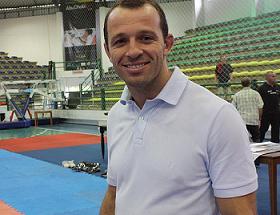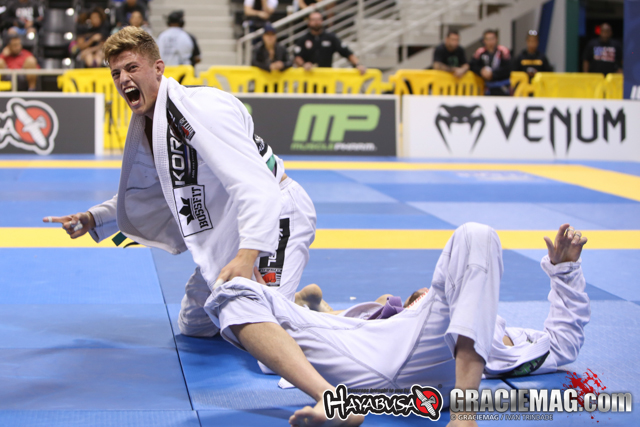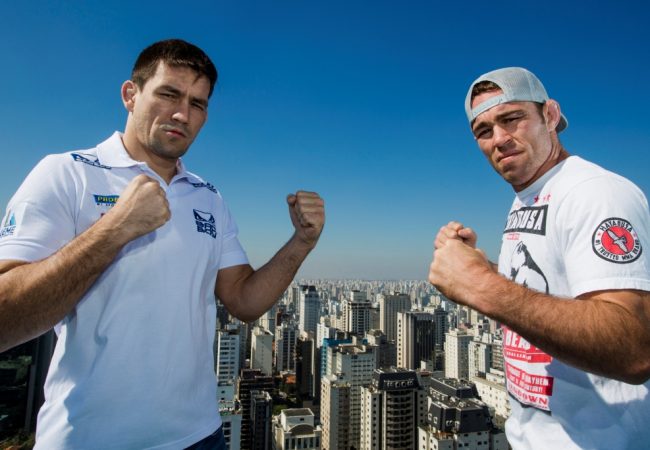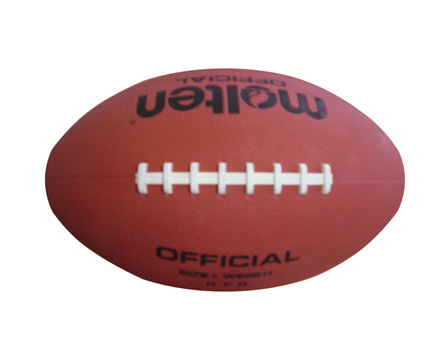In spite of the chilling winter afflicting Brazil’s south, training in the city of Porto Alegre is heated. The abundance of exercise heats things up in the gyms. One of them is Sul Jiu-Jitsu, the academy founded by Zé Mario Sperry and Walter Mattos in 1994 and now led by Fernando Paradeda.
It was during one of these heated training sessions that I witnessed a common occurrence on any mat around the world. Black belt Paradeda was demonstrating a plethora of variations on a single sweep when Antônio Antoniolli, the brown belt champion of the Rio Open absolute division recently promoted to black belt, queried: “Professor, who taught you these variations?” Paradeda replied nonchalantly: “No one. They’re mine”

Fernando Paradeda in photo by Carlos Ozório.
Developing one’s own position and passing it on has become something somewhat unexceptional since the gentle art boom of the 1990’s. A lot of positions end up given the name of the very fighter who invented them – or reinvented them. This system of constant evolution makes Jiu-Jitsu all the more formidable.
I often tell beginning students that they are not getting started in the practice of a martial art, but diving into an ocean of fighting possibilities.
After all, Jiu-Jitsu is like an ocean. The more you swim the greater your understanding will be of just how vast and deep it is. Each new position is another droplet in the ocean.
The most intriguing part is that such contributions have no bounds, and even inspired white belts can pull an ace from their sleeves to come up with an effective finish.
To know that our gentle art is in never-ending development is overjoying, as the greatest legacy left to the next generation of fighters is leaving open the gates of possibility to reinvent Jiu-Jitsu with every day. An excellent opportunity to heat up the icy mats of the south of Brazil and the world.




